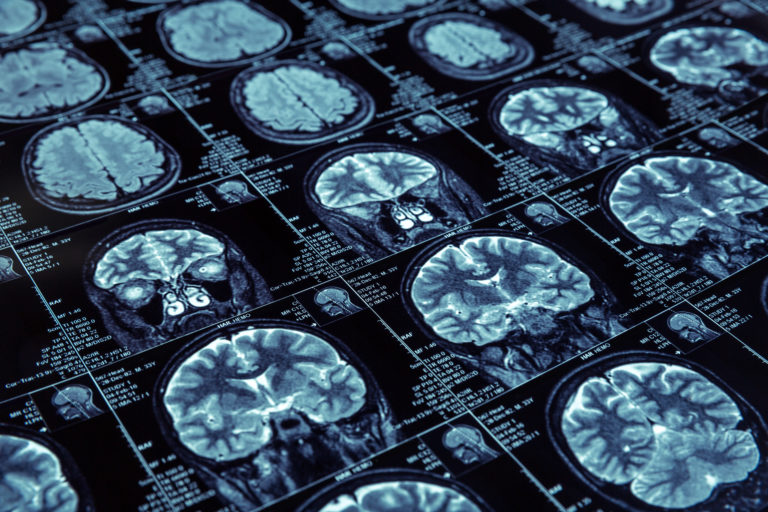Over the past several decades, there have been plenty of unorthodox recovery methods attempted by researchers aiming to combat addictions. And this week, a highly unusual experiment made headlines involving lab rats and lasers. Interestingly enough, it proved quite successful in its early stages and may lead to some real progress.
The treatment can supposedly ‘reverse’ alcoholism, thanks to beams of light that supposedly “deactivate a specific neuronal population” tied to excessive drinking. It all links back to brain signals and the changes that occur when casual drinkers develop addictive tendencies.
Truth be told, conducting these tests was not an easy process. And there would certainly be hurdles to overcome if it were ever extended beyond the rodent population.
For starters, the test rats were fitted with special equipment that enabled the brain signal adjustments to take place.
“The researchers studied the rats’ neurons using optogenetics, a technique that involves the use of light to control cells in living tissue,” study authors explained in a press release. “The test subjects used in this study were surgically implanted with optic fibers aimed to shine light on the CRF neurons—to inactivate them at the flip of a switch.”
From there, the rodents were given excessive amounts of alcohol; until a full blown addiction had taken place. Just like humans, they then experienced withdrawal symptoms when the drinks were removed.
At this point, the optic fibers were stimulated with lasers. The beams were actually able to inactivate CRF neurons in the rats and returned them to their pre-dependent drinking levels.
According to the researchers, the breakthroughs they saw with these experiments were monumental. In essence, they described it as rewiring the parts of the brain that lead to destructive behavior.
But as we mentioned above, there is still a large gap between rats and humans. While progress like this can certainly lead to potential solutions for Americans struggling with alcohol abuse, those close to the study believe true implementation could be decades away.
“This work requires the use of cutting-edge technologies that are not approved to be used in humans yet so it may take 15 to 30 years before we see alcoholics with brain implants that help them control their craving,” researcher Oliver George told Fox News. “However, this work may stimulate the development of small molecule targeting this population of neurons. By performing high-throughput screening of compounds that can inhibit these neurons, we could develop new medications in a much shorter time frame, possibly 10 to 15 years if we find the funding to do it.”

Two Female Medical Research Scientists Examine Laboratory Mice Kept in a Glass Cage. They Work in a Bright Modern Laboratory.






